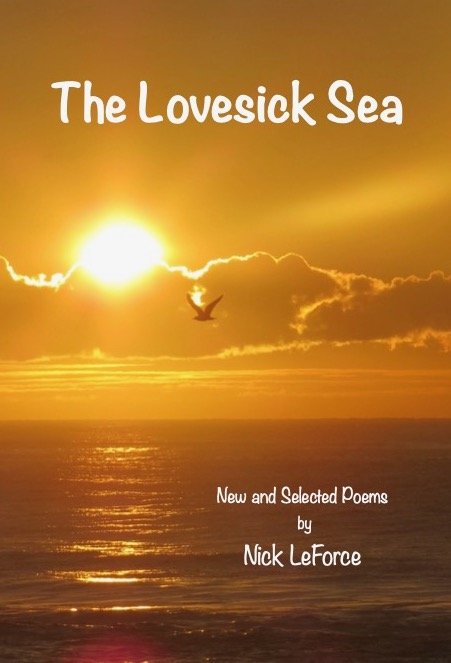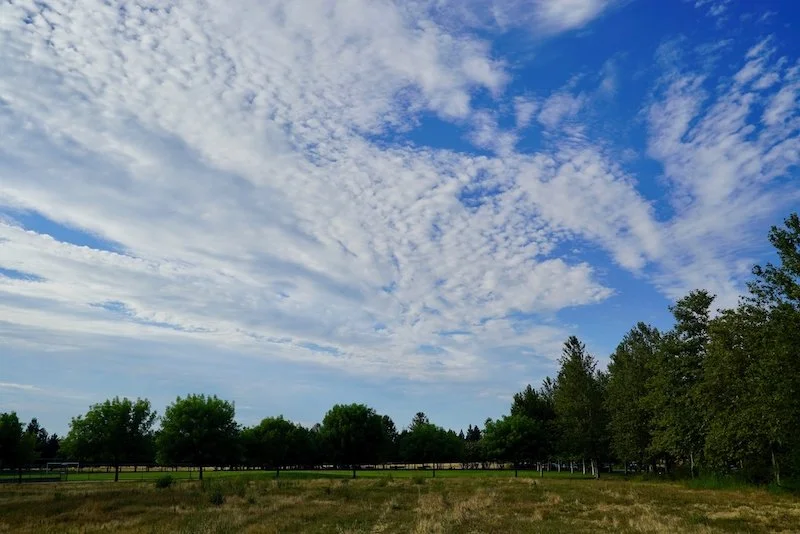The Trap Of Everyday Life
/The Known Outer World
This article is the first in a series of articles about the "Archetypal Journey." To learn more about the Archetypal Journey, click the link below. You can see a map of the journey and watch a replay of a webinar that I conducted on the topic.
The Known Outer World is the world of our daily life, the world we move in on a daily basis. This includes all the familiar patterns that we develop in our lives: the morning stop at the same coffee shop, the usual drive to work, the routines of our day, the common places we go, the familiar faces we greet, and the common things we do. The Known Outer World is the world we have grown accustomed to and serves as a safe haven for us because of its familiarity. Unfortunately, this routine life can lull us into a slumber and easily drain the life out of us as we live out our days in a kind of rut.
In order to function in society, we humans go through a protracted period of learning and indoctrination that serves to organize our perceptions of reality and give us the tools to navigate our lives in the human arena. In addition to structured education and the informal lessons we get from family and culture, we also form our own unique inner landscape molded and shaped by what we notice and respond to in our daily lives, by our reference experiences and the way we absorb them into our map of life, and by our own actions and the results that come from them or are caused by them.
Consequently, we are “trapped” in a world of beliefs and values, of perceptual frames and cognitive meanings that may or may not serve our thriving. There are three main tasks for this process. The first task of the known outer world is undoing our limitations and discerning what is truly important for us in our lives. This requires us to undo limiting patterns, unlearn old habitual ways, and abandon or rewrite our “story,” which serve as the excuses and justification we have and create about ourselves and our lives. We can create new stories. When recognize that we are storytellers, we do not get attached to our stories.
What stories do you hide behind? How do you justify your limits?
Once we get past these external traps, we then need to determine what is precious and important in our lives. This means that we make the journey from the head to the heart and begin to discover what we truly love in life, what we cherish in our relationships and in our world, and we begin to live out the vows of the heart.
The second and third tasks in the work in the Known Outer World are about clarity and about discerning what is truly important. It is so easy to get caught up in the dream the world: that we should be rich and famous; we should live extraordinary lives; we should live a life of ease, or that we should live a life life that is the envy of others. Most of us actually fashion our lives, or measure our lives, based on goals given to us by our family, our education system, by the needs of others and the the world. Nothing puts things in perspective and helps us to remember what is truly important more than death. The second task of the Known Outer World is using Death as an advisor.
How would you respond if Death arrived at your doorstep?
Clarity often comes from crises, from our losses, our mistakes, and our failures; and from facing difficult, and seemingly impossible, choices. And nothing gives clarity more than the prospect of death. Death is the major archetype in the work of the Known Outer World. When we learn to use Death as an advisor, we are forced to consider what matters most and how to live accordingly.
What matters most to you?
What are the vows of your heart?
The final task is realigning with the heart and living according to your deepest values. I believe that the vows of the heart remain constant throughout our lives, but may get buried in the debris of everyday life. We uncover these vows by making what has been said to be the longest and most difficult journey we will make in our lives: the journey from the head to the heart.
Please share your thoughts and comments below!
© Nick LeForce
All Rights Reserved








